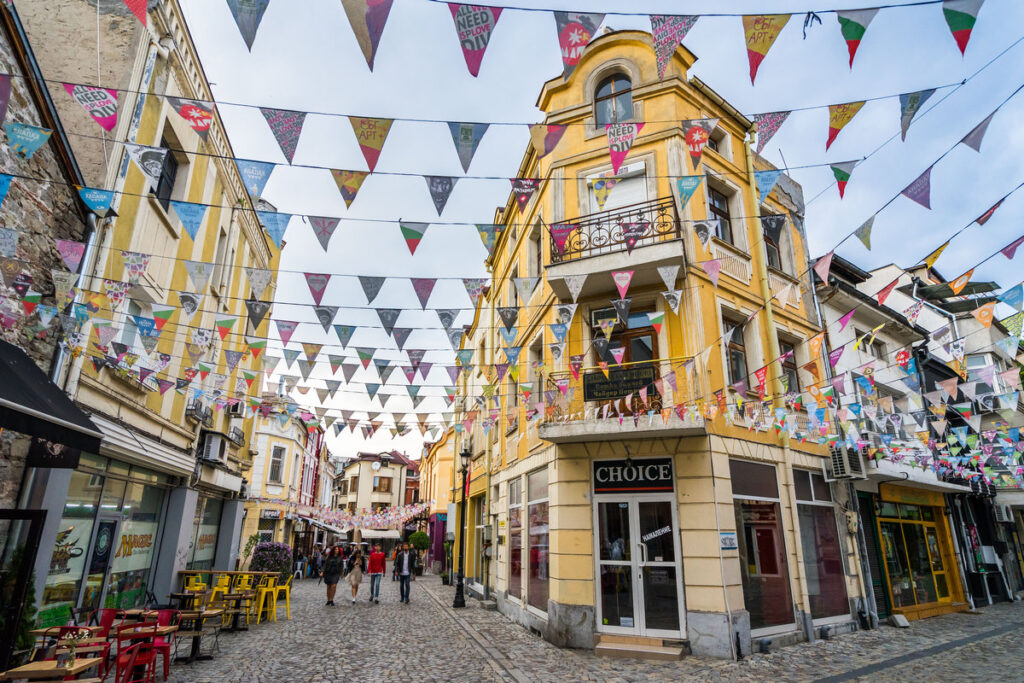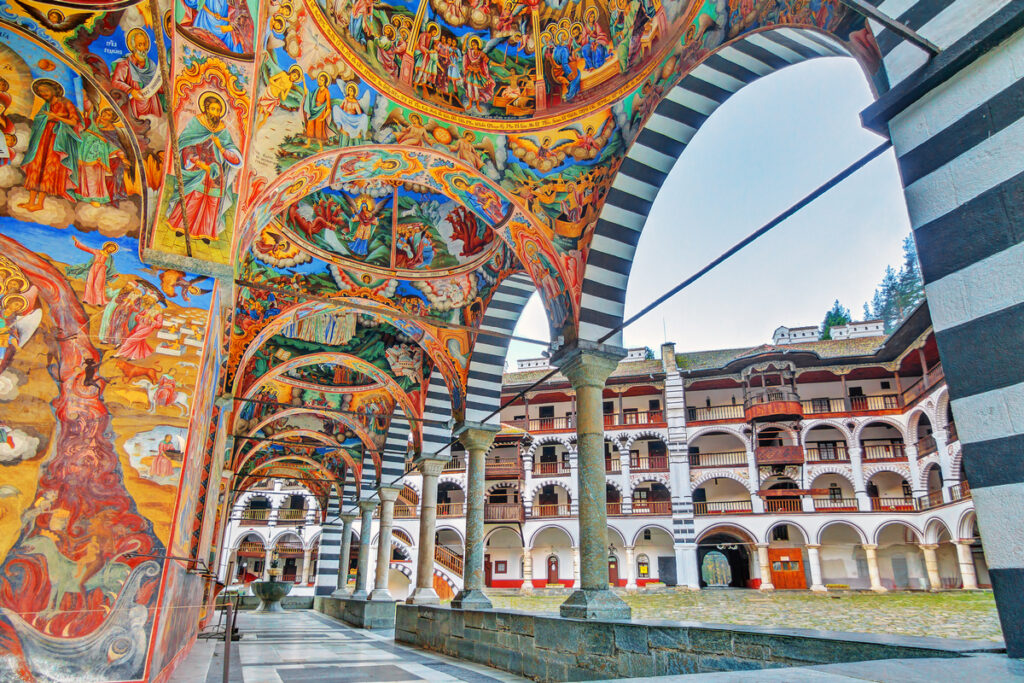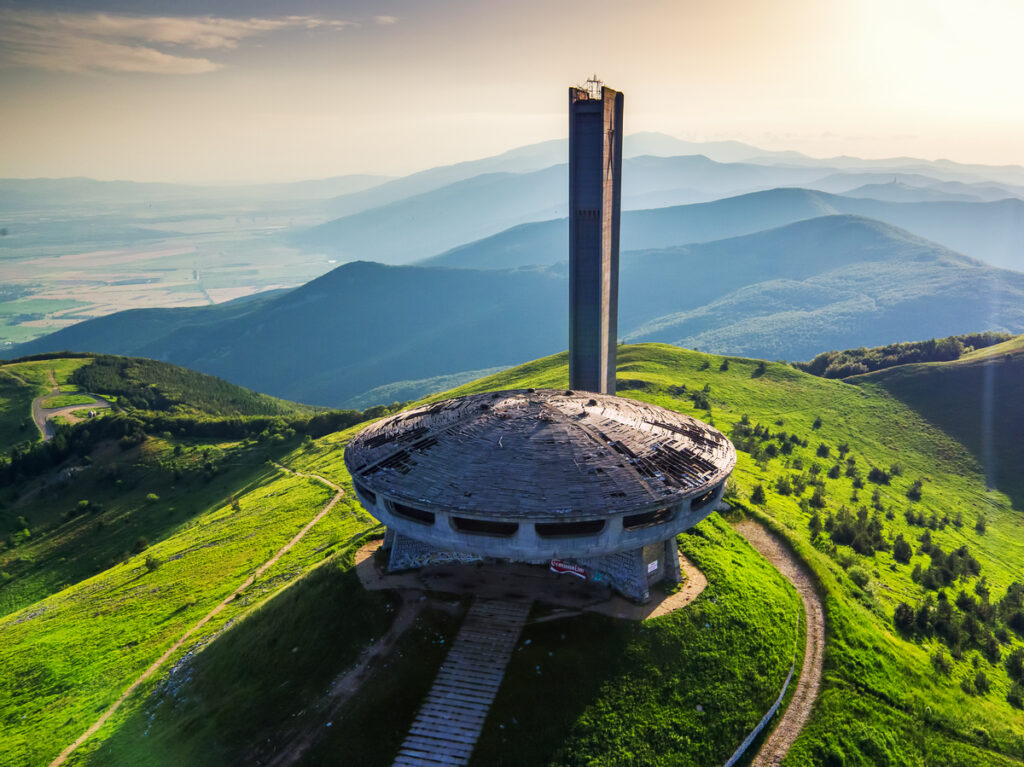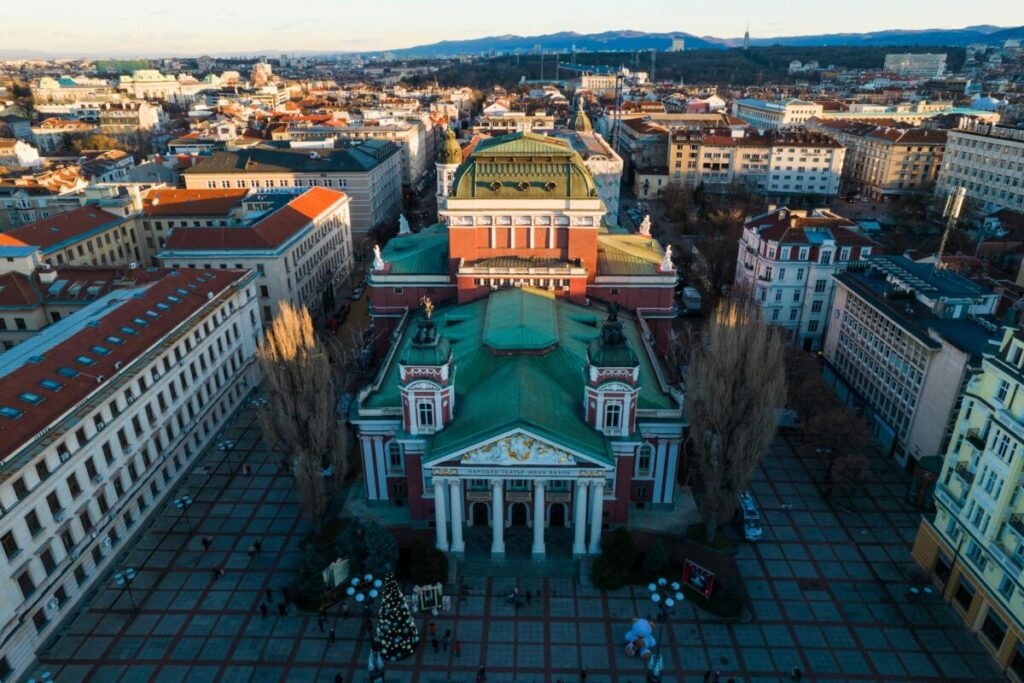Six best places in Bulgaria for history and culture tours
From ancient cities and medieval fortresses, to cosy old towns and modern vibrant cities, here are the best places to explore Bulgaria’s cultural riches and centuries-old history.

Bulgaria’s rich history and culture are woven into its landscapes, where ancient ruins stand beside medieval strongholds and richly decorated monasteries contrast with socialist-era monuments. For those eager to step back in time and immerse themselves in Bulgaria’s fascinating past, the country offers a wealth of destinations that celebrate its diverse cultural influences. From Thracian and Roman heritage to Orthodox Christian spirituality and twentieth-century political history, Bulgaria is a living museum of the Balkans.
Here are six remarkable locations that offer an unforgettable journey through Bulgaria’s layered cultural heritage. Each destination works well as part of a focused cultural itinerary and can also be integrated into adventure or activity-based tours for added variety and depth.

Plovdiv
Plovdiv, one of Europe’s oldest continuously inhabited cities, seamlessly blends antiquity with modernity. The cobbled streets of the Old Town lead visitors past beautifully preserved Revival-era houses, charming artisan workshops, and hidden courtyards. The Ancient Roman Theatre, still used for performances today, stands as a testament to the city’s grandeur during the Roman era. Kapana, the city’s creative district, pulses with energy, where contemporary art galleries and vibrant cafés breathe new life into centuries-old buildings. Plovdiv’s museums and galleries, including the Regional Ethnographic Museum and the City Art Gallery, provide further insights into Bulgaria’s artistic evolution.
Plovdiv offers a compelling mix of history, culture, and modern urban flair—ideal for cultural tours, heritage walks and educational programs. Its relaxed pace and vibrant atmosphere also make it a great ending point for adventure-focused itineraries in the nearby Rhodopes.

Rila Monastery
Nestled in the Rila Mountains, the UNESCO-listed Rila Monastery is Bulgaria’s most important spiritual and cultural landmark. Founded in the 10th century by Saint Ivan of Rila, the monastery has been a centre of learning and faith for over a millennium. Its vividly painted frescoes, intricate wood carvings, and striking striped façades captivate visitors. The monastery’s museum houses rare manuscripts, religious icons, and historic artefacts that offer deeper context into the role of Orthodoxy in Bulgarian identity. Surrounded by lush forests and towering peaks, the monastery is not just a place of worship but a symbol of Bulgaria’s enduring Orthodox Christian tradition.

Historic Melnik
Tucked away in the southwest, the historic town of Melnik enchants visitors with its timeless charm and dramatic sandstone pyramids. Bulgaria’s smallest town is famed for its traditional stone houses and centuries-old wine cellars, where visitors can sample robust local wines. The Kordopulov House, a grand merchant’s home from the 18th century, offers a glimpse into the opulence of Melnik’s past, while a walk up to the ruins of the medieval Despot Slav fortress reveals breathtaking views over the picturesque valley.
Melnik is also a key stop on Bulgaria’s wine tourism map, with opportunities for curated tastings and vineyard visits to boutique wineries in the surrounding region. Combined with cultural storytelling and scenic walking tours, Melnik makes an excellent addition to itineraries focused on heritage, gastronomy and slow travel.

Buzludzha Monument
Perched atop a windswept peak, the Buzludzha Monument is a relic of Bulgaria’s socialist past and one of the country’s most striking and controversial landmarks. This abandoned UFO-shaped structure, once a grand communist assembly hall, now stands as a haunting reminder of a bygone era. Though the interior is closed to the public, its imposing silhouette and crumbling mosaics continue to draw visitors fascinated by its eerie, dystopian aesthetic and historical significance.
The site is perfect for alternative history tours or architectural itineraries that explore Bulgaria’s 20th-century political legacy. Coupled with nearby Shipka Pass, a major historical site from the Russo-Turkish War, this region offers contrasting narratives that help visitors understand the complexities of Bulgaria’s national identity.

Sofia
Sofia, Bulgaria’s dynamic capital, is a city where history and modern life coexist in harmony. The golden-domed Alexander Nevsky Cathedral, one of the largest Eastern Orthodox cathedrals in the world, dominates the skyline. Just steps away, Roman ruins lie beneath busy streets, including the remains of the ancient city of Serdica, visible in an open-air archaeological complex. The Saint Sofia Basilica and the Rotunda of St. George offer further glimpses into the city’s early Christian past.
Vitosha Boulevard, lined with shops and cafés, offers a lively contrast to the city’s historic landmarks, while the National History Museum and Boyana Church provide deeper insights into Bulgaria’s past. With convenient transport links, varied accommodations and diverse cultural sites, Sofia makes an ideal starting or finishing point for itineraries exploring both the country and the wider region of the Balkans.

Veliko Turnovo
Veliko Tarnovo, the medieval capital of the Second Bulgarian Empire, transports visitors to an era of kings and epic battles. Tsarevets Fortress, perched on a rocky hill above the Yantra River, once housed Bulgarian rulers and remains an awe-inspiring sight with its reconstructed walls, watchtowers, and Patriarchal Cathedral. The fortress complex includes multimedia exhibits and scheduled performances that bring the medieval period to life. The city’s winding streets, lined with traditional houses and artisan workshops, lead to Samovodska Charshia, a lively market street where craftspeople continue age-old traditions. Veliko Tarnovo is a must for any cultural itinerary and pairs well with day trips to nearby Arbanasi and the Preobrazhenski Monastery.
From ancient ruins and medieval strongholds to vibrant cities and thought-provoking monuments, Bulgaria offers a deep and diverse cultural experience. Each of these six destinations tells a unique story, reflecting the country’s rich and layered history, making it an essential destination for history lovers and culture seekers alike.
To learn more about what Bulgaria has to offer and how to best include it into your itineraries, feel free to contact us directly here.
